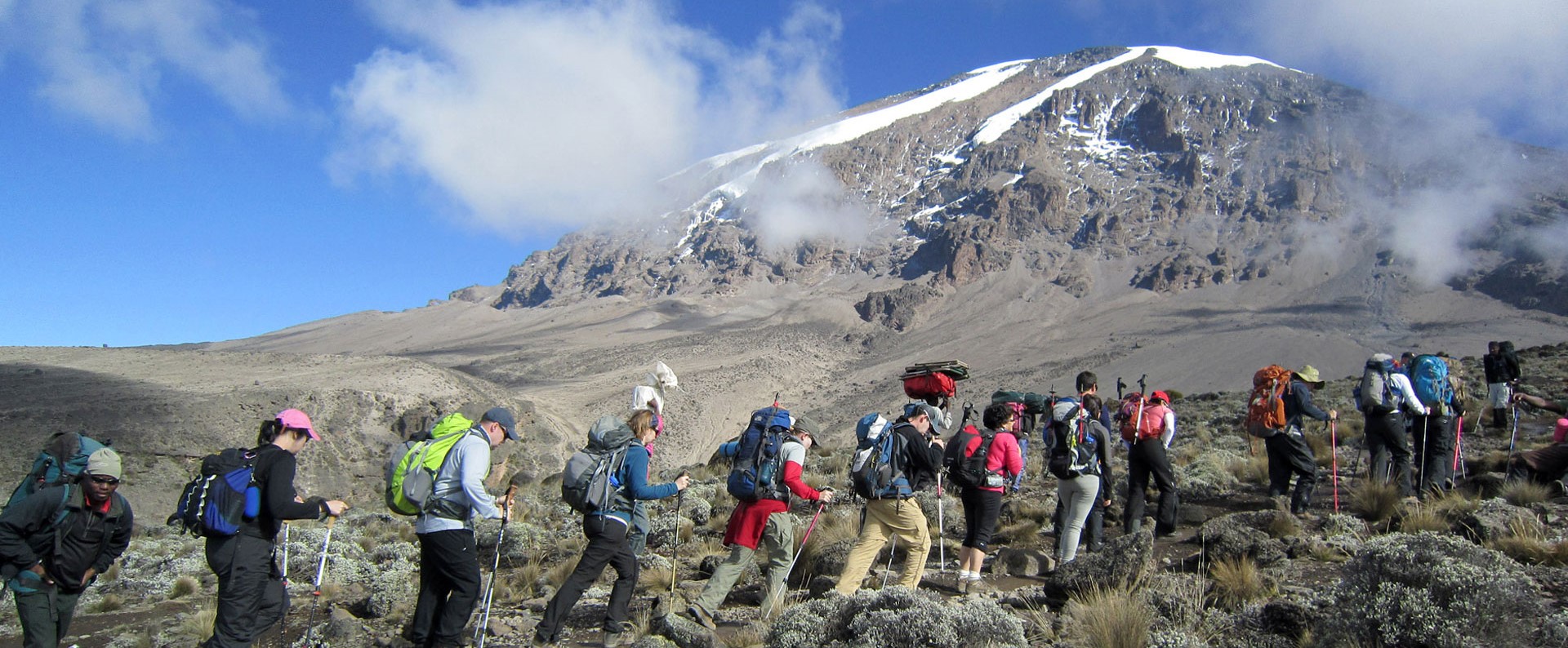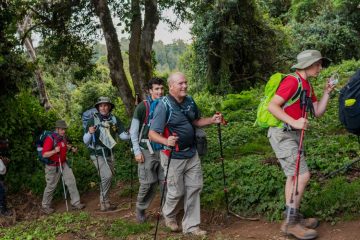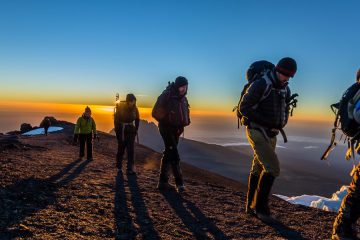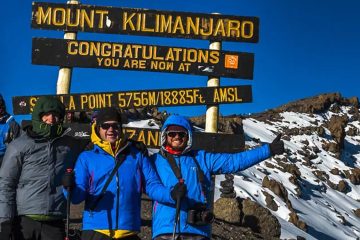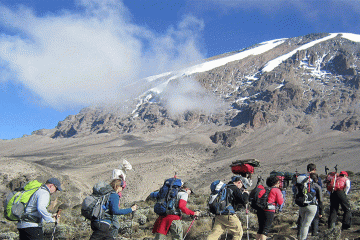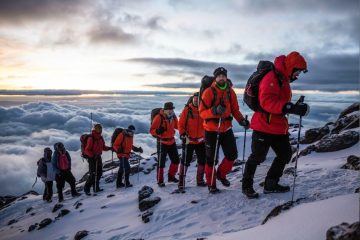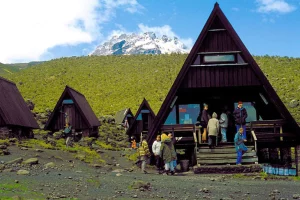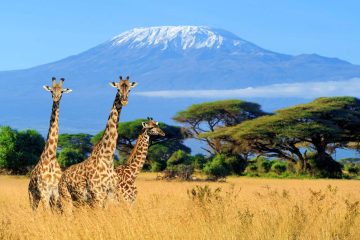Climb Mount Kilimanjaro – The Roof of Africa
Climbing Mount Kilimanjaro, Africa’s highest peak at 5,895 meters (19,341 feet), is a life-changing adventure that draws trekkers from across the globe. This iconic mountain offers an unforgettable challenge, blending physical endurance with the breathtaking beauty of Tanzania’s natural landscapes.
Kilimanjaro offers multiple trekking routes, each with unique characteristics suited to different experience levels and preferences. The Machame Route, known as the “Whiskey Route,” is celebrated for its scenic beauty and is ideal for those seeking a slightly more challenging and rewarding path. The Marangu Route, or “Coca-Cola Route,” is the only route with hut accommodations and is popular among those preferring a more comfortable trek. The Lemosho Route is considered one of the most picturesque and peaceful, providing rich biodiversity and excellent acclimatization opportunities.
Treks typically range from 5 to 9 days, depending on the chosen route. Along the way, climbers traverse varied ecological zones—from lush rainforests and alpine meadows to volcanic deserts and the icy summit. This diversity makes climbing Kilimanjaro not just a physical journey, but a journey through vastly different worlds.
Reaching Uhuru Peak, the summit of Mount Kilimanjaro, is a moment of pure triumph. The views from the top are nothing short of spectacular—an awe-inspiring panorama that stretches across the African continent.
Whether you’re an experienced hiker or a determined first-timer, Kilimanjaro offers a profound experience of nature, adventure, and personal achievement. With experienced guides, carefully planned itineraries, and unwavering support, Ways African Safaris helps make your dream of summiting Kilimanjaro a safe, successful, and unforgettable reality.
Begin your extraordinary trekking journey with Tanzania Hiking and take part in the adventure of a lifetime. From lush rainforests to alpine deserts and the breathtaking summit, you’ll experience the majestic beauty of Kilimanjaro every step of the way. Join us—and let your Kilimanjaro dream become reality. 

